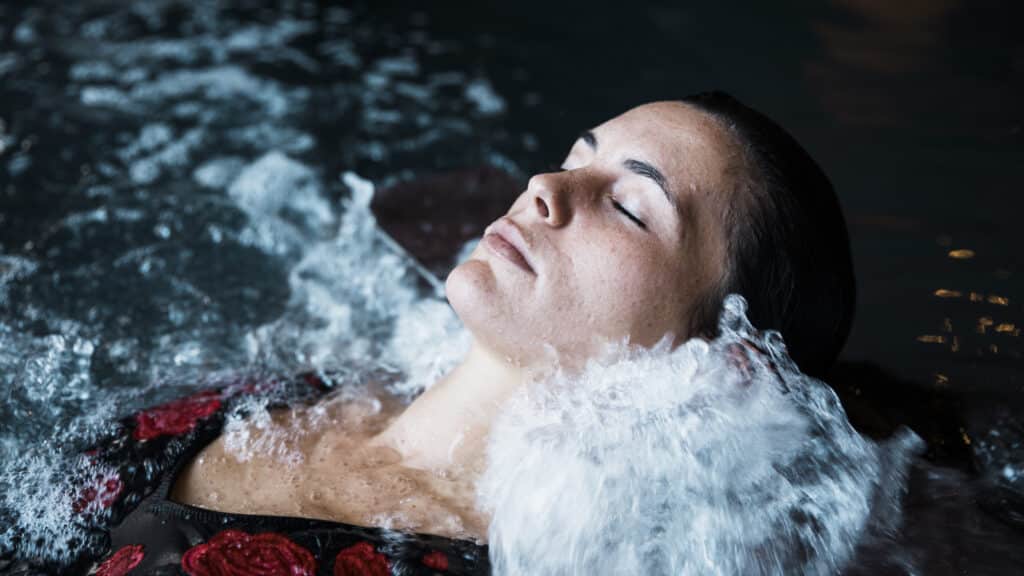The wellness industry continues to evolve with innovative techniques aimed at promoting physical and mental wellbeing. Among these approaches, floating massage has emerged as a distinctive therapy that combines sensory deprivation with the benefits of weightlessness to create a unique healing environment. Float therapy, sometimes called isolation therapy or sensory deprivation treatment, offers participants an opportunity to experience profound relaxation by suspending them in a solution of water highly concentrated with Epsom salts. This comprehensive guide examines the scientific underpinnings of float therapy, exploring its effects on stress reduction, anxiety management, sleep enhancement, cognitive function, and physical wellbeing to help you understand why this technique has gained such popularity among those seeking holistic health solutions.

How Float Therapy Reduces Stress
Engaging in float therapy has been shown to effectively decrease stress levels by promoting sensory deprivation-induced relaxation and reducing cortisol levels in the body. Float therapy, also known as Restricted Environmental Stimulation Therapy (REST), involves floating effortlessly in a tank filled with Epsom salt-infused water, creating a sensation of weightlessness. This environment minimizes sensory input, allowing the nervous system to enter a state of deep relaxation. Studies have demonstrated that float therapy can decrease stress and anxiety levels significantly, leading to improved overall well-being. Furthermore, the reduction in cortisol, a hormone associated with stress, plays an essential role in the body's stress response. Float therapy provides a unique opportunity to disconnect from external stressors, offering a scientifically-backed method for stress reduction.
The Impact on Anxiety Levels
Research findings consistently demonstrate that float therapy exhibits a notable impact on reducing anxiety levels through its unique sensory deprivation-induced relaxation effects. Studies have shown that the anti-gravity environment in float tanks promotes a state of deep relaxation, triggering the body's relaxation response and reducing levels of cortisol, the stress hormone. This reduction in stress hormone levels has been linked to decreased anxiety symptoms. Moreover, the sensory deprivation aspect of float therapy allows individuals to disconnect from external stimuli, providing a meditative experience that can alleviate anxious thoughts and promote a sense of calm. The combination of physical relaxation and mental clarity achieved during float sessions contributes to the overall reduction of anxiety levels, making float therapy a promising intervention for those seeking relief from anxiety.
Enhancing Sleep Quality
Float therapy has also been shown to play a significant role in enhancing sleep quality, offering potential benefits for individuals struggling with sleep-related issues. Research suggests that the sensory deprivation experience in a float tank can lead to improved sleep patterns. The deep relaxation induced by float therapy can help regulate sleep cycles, leading to more restful and rejuvenating sleep. Studies have indicated that float therapy can increase the production of theta brainwaves, which are associated with deep relaxation and improved sleep quality. This shift in brainwave activity may help individuals fall asleep faster and experience longer periods of undisturbed sleep. By promoting relaxation and reducing stress, float therapy shows promise in aiding those with insomnia or other sleep disorders.
Cognitive Benefits of Float Therapy
Our understanding of float therapy has expanded to include compelling insights into its cognitive benefits. Studies have shown that float therapy can enhance cognitive function by reducing stress, anxiety, and depression. The sensory deprivation experienced during float sessions allows the brain to enter a deeply relaxed state, promoting mental clarity and focus. Moreover, the magnesium-rich Epsom salt solution used in float tanks has been linked to improved neurotransmitter function, which can positively impact mood and cognitive performance. Float therapy has also been associated with increased creativity and problem-solving abilities due to the relaxation of the mind and the stimulation of the brain's theta waves. These cognitive benefits make float therapy a promising option for those seeking mental rejuvenation and enhanced cognitive abilities.
Physical Effects on the Body
The relaxation induced by float therapy not only benefits cognitive function but also elicits various physical effects on the body. As we float effortlessly in the buoyant Epsom salt solution, the spine decompresses, relieving pressure on vertebrae and muscles. This reduction in gravitational pull allows for improved blood circulation, aiding in the delivery of oxygen and nutrients to tissues. The body enters a state of deep relaxation, triggering the release of endorphins, which act as natural painkillers. Muscles can relax fully, reducing tension and promoting healing. Additionally, the anti-inflammatory properties of magnesium in Epsom salt can help alleviate soreness and stiffness. These physical effects combine to enhance overall well-being and promote a sense of rejuvenation after a float therapy session.
Other Related Articles:
- What Is Floating Anxiety: Common Triggers and How to Handle Them
- What Do You Wear in a Sensory Deprivation Tank: Clothing and Preparation Tips
The post What Does Float Therapy Do: Exploring the Science Behind It appeared first on Body Balance Massage and Float.
source https://bbmassageandfloat.com/what-does-float-therapy-do-exploring-the-science-behind-it/?utm_source=rss&utm_medium=rss&utm_campaign=what-does-float-therapy-do-exploring-the-science-behind-it






